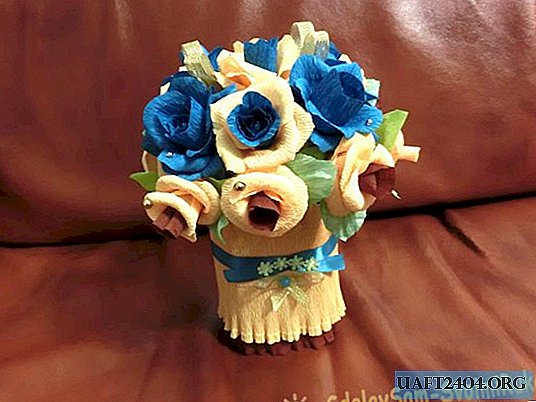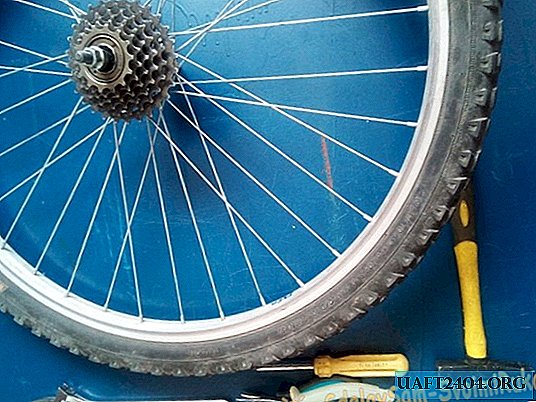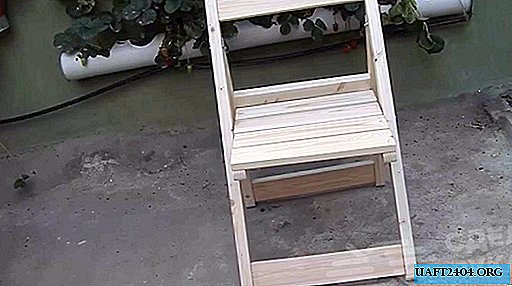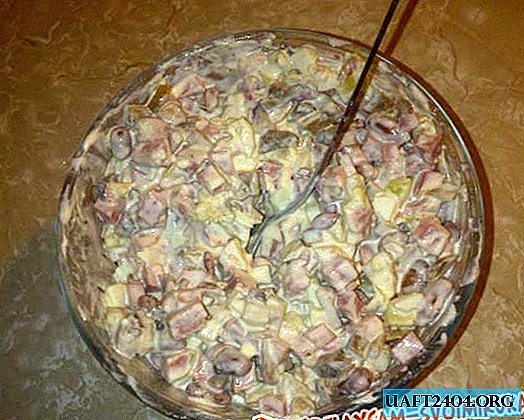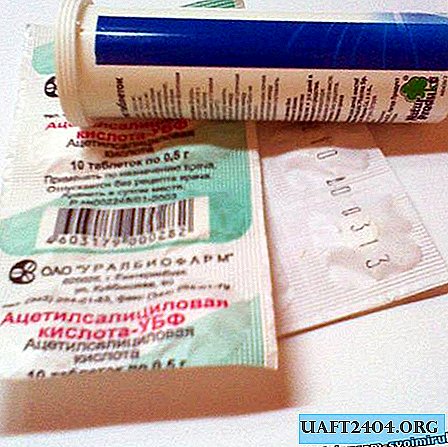Share
Pin
Tweet
Send
Share
Send
Before starting work, it is necessary to decide on the theme of the development book. These can be geometric figures, animals, inhabitants of the ocean, cartoon characters, heroes of favorite fairy tales, etc.
Based on the subject matter, you need to come up with the background of the pages, and, starting from the idea, pick up the necessary fabric cuts. At the same time, you can find some interesting fabric on the cover of the book.
When all the fabrics are picked up and prepared (ironed, cut), you can begin to prepare pages and covers. It is as follows. If the background of the page (cover) involves a combination of several fabrics (for example, sky and lawn), they should be sewn together into a single canvas, iron the seams, the whole page should be sewn onto a thin synthetic winterizer.
After all the pages are completely ready, you can proceed to the most important and interesting - making the heroes of the book. At the same stage, you need to arrange the background of the pages in a full-fledged scene or landscape.
It is important to remember that the child should play with the book, respectively, its numerous parts and details should contribute to this. For example, heroes can stick to the "burdock" ribbon or fasten with buttons, landscape elements should encourage the reader to touch them, bend them, push them away, some small heroes or elements can be hidden behind them (under them). Game moments (the opportunity to play some kind of fairy tale or story on the pages of the book), specific actions leading to results (for example, pulled or put a carrot in a bunny’s basket), the discovery of something new and surprising (for example, I found a ladybug under with a leaf or someone’s mink behind the hill) - everything in the book should attract the child, delight him, delight, make him laugh.
Each page of the book should be thought out to the smallest detail, because it has an important function - to teach the child. Let the page be not just a blue sky and green grass, but, for example, a rainbow, clouds with raindrops, numerous bright flowers, and let it all be touched. Let the hero live a whole story on his page, for example, celebrate his birthday or go fishing. And let the character itself be interesting for the child — made of different materials, with an animated face, bright, kind, cheerful — the little reader will not want to let him out of his hands and will play in his new book with great pleasure. And if so, the goal of creating the book will be achieved. By playing, the child will learn new things, learn, develop.
After all the covers and pages of the book are prepared, they need to be laid out sequentially in pairs. That is how they will be interconnected into a single product.
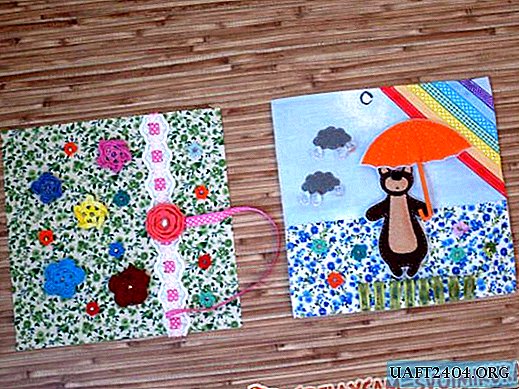



Each pair of pages should be swept together along the entire perimeter and edged with a tape on top, side and bottom.
Then all the pages are blended together at the binding position and edged out from above. This completes the production of the book.





You can start the game!
Share
Pin
Tweet
Send
Share
Send

